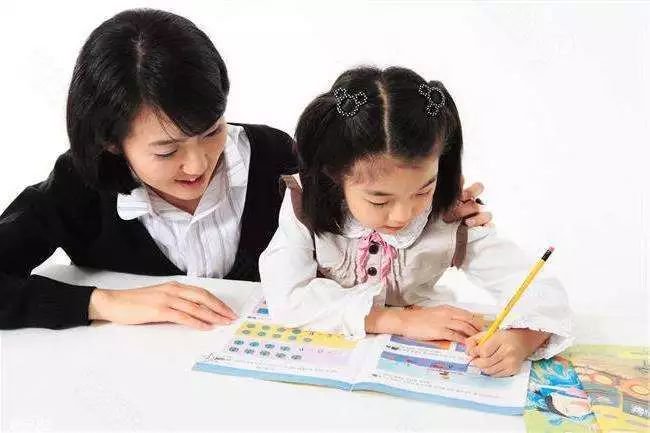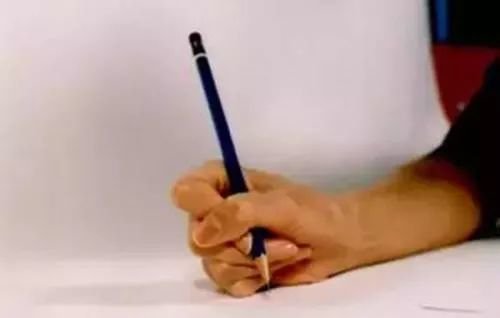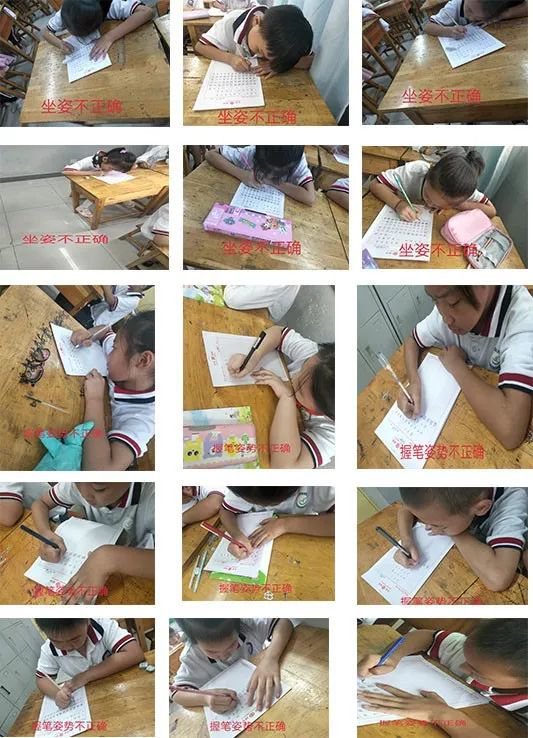Why should you practice hard-tipped calligraphy well?

Handwriting is the facade, and writing good calligraphy is a lifelong benefit.
Writing can mainly develop the human brain and is conducive to the coordinated development of the left and right brains. Through font structure analysis, it can cultivate children's thinking ability to grasp things as a whole.
The art of calligraphy can be achieved by improving the beautiful hand-written characters to a certain level. Writing not only improves children's aesthetic ability, but also increases cultural knowledge, especially Chinese language learning performance.
Writing makes children focus, be patient, and persevere. Over time, it helps children develop the good habit of being rigorous and conscientious.
Write beautiful handwritten calligraphy to make children more confident in themselves.
Write beautiful calligraphy with handwriting, and you will not lose points on the exam papers, so that your children can take off in the high school entrance examination and college entrance examination. The title on the gold list will bring flowers to your home.



Frequently asked questions when children learn calligraphy
1. Sitting position.
Many children sit swaying around when writing, as if writing is a task that they have to complete, and they write lazily and passively. Some children sit up straight, but their heads are tilted. The disadvantage of this is that it affects their vision. If it is biased to the right, it will inevitably affect the vision on the left. In addition, it will have an impact on the development of their spine, causing deformation of the vertebrae, which will be very troublesome to correct.
2. write.
Originally, holding a pen was not a problem. Holding a hard pen in your hand is like holding chopsticks. It is not very complicated. However, some children are still good at the early stage of teacher education and can hold pens correctly. However, later on, the teacher's requirements are less, and the children's natural habits will be the same. Yes, developing a bad pen-holding posture will affect the writing effect. For example, some girls often use their thumb to press their index finger to hold a pen, which is a serious mistake. The disadvantages of this are that they do not use enough force, have poor stippling writing effect, and also affect their sight.
3. Recognize the problem.
Writing class is not the main subject, and there is no examination problem, so some parents and children think it is not that important, so less energy is invested in writing class. This will make children think that writing class "doesn't matter" even more. Let nature take its course, there is no need to study hard.

Research report on hard-pen writing in primary school grades 2-3:
After more than a month of teaching to some classes in grades 2-3 of primary school, I found that some students have a lot of deficiencies in writing, especially in aspects such as sitting posture, pen holding, basic strokes, and word structure, which need urgent adjustment and correction. The survey data is as follows:
1. Sitting posture: 30% incorrect
2. Pen holding: 50% incorrect
3. Basic strokes: 60% incorrect
4. Font structure: 90% incorrect
5. Homework completion rate: 60% not completed
The survey data is cruel, and the current situation of children's writing is very worrying!
Teachers and parents hope that their children can write beautifully with handwriting, because today’s exams require paper scores, and students with excellent handwriting can easily get extra points. Especially in composition, it is possible to improve their scores by 10-20 points. It is easy to get extra points for other subjects because of the beautiful writing on the paper.
So, how do we make children write beautiful handwriting with hard pen, and how do we prevent children from losing points in exam writing?
We believe that children's bad writing habits are not developed in a day, and similarly, getting children to write beautiful handwriting is not achieved overnight. If you want to write well, you need to do the following:
1. The writing posture and pen holding posture must be corrected first and good habits must be developed.
2. Strictly follow the hard-pen calligraphy tutorials in class and complete homework carefully
3. For students who find it difficult to correct bad habits, it is recommended that parents communicate with their teachers and provide one-on-one tutoring in small classes.
4. When the child completes the homework, it is recommended to accompany the child for a longer period of time to find out the child's writing deficiencies, and to remind and correct them.

The correct writing posture is: body straight, head upright, arms open, and feet open. Sit upright. Straighten your shoulders, straighten your back naturally, and lean forward slightly. Your chest should be about a punch away from the edge of the table: your head should be straight and slightly tilted forward, and the distance between your eyes and the paper should be about one foot; your arms should naturally open to the left and right. Open, put your forearm flat on the table, press the paper with your left hand, and hold the pen with your right hand, so that the penholder is slightly tilted to the right, not directly in front of the nose, but the pen tip falls directly in front of the bridge of the nose; both feet are naturally flat on the ground, in line with the Shoulders shoulder width apart.
Writing method
1. The angle between the pen and paper is approximately 50-75 degrees.
2. When holding a pen, you should not use your thumb to cover your index finger, or your index finger to cover your thumb. The thumb and index finger should remain slightly apart.
3. The pad of the index finger, the right half of the pad of the thumb, the first interphalangeal joint of the middle finger and the metacarpophalangeal joint of the index finger are in contact with the pen;
4. The pulp of the index finger and the right half of the pulp of the thumb are the main force-generating points, the first interphalangeal joint of the middle finger is the secondary force-generating point, and the metacarpophalangeal joint of the index finger is used for positioning.
5. When writing strokes such as "hook" from the lower right to the upper left, the ring finger should assist the middle finger in kicking the hook. It is not advisable to lie softly on the paper.
During the writing process, your fingers should be relaxed and natural. You must not tighten the pen tightly or forcefully compete with the pen.
The correct way to hold the pen is: use the first section of the thumb, index finger, and middle finger to pinch the lower end of the pen holder from three directions. That is, the thumb and index finger pinch the pen holder from the front and left of the pen holder. The index finger extends slightly forward, and the middle finger uses the fingernail to hold the pen holder. The upper rear side is against the lower rear side of the pen holder. About an inch from the tip of the pen, the fingertip is lower than the thumb and index finger. The ring finger and little finger naturally bend toward the palm of the hand in turn, just below the middle finger. They play a role in coordinating the writing movement of the middle finger and cannot touch the paper. The upper end of the pen holder is tilted against the highest bone of the third joint of the index finger, tilted to the right and back, at an angle of about 50 degrees to the paper. When holding the pen, the fingers should be solid and the palm should be empty. That is to say, the lower finger should hold the pen firmly, and the palm should be empty, as empty as an egg shape. In this way, you can use your pen flexibly when writing and improve your writing effect.








